Question- Are there references for eating meat in the Vedic literature? Is the adoption of vegetarianism within Hinduism a later feature caused by the influence of Buddhism? Does the Vedic literature directly recommend vegetarianism?
Answer- First question, are there references to eating meat in the Vedic literature?? Yes, there are. But these references are not recommendations. They are concessions. So there are references from Rig Veda, from Manu Samhita, from extensively from the Mahabharata and also from Srimad Bhagavatam; the Bhagavat Puran. So these four literature are considered to be ones which have influenced modern day Hinduism to a large extent. Rig Veda is considered by scholars to be oldest of all scriptures which is preserved even today in its letters. Manu Samhita is widely recognized as law book for Hinduism. Mahabharata is a veritable compendium of traditional dharma. And the Srimad Bhagavatam is considered to be the ripened fruit of the devotional essence of the Vedic literature.
[wp_ad_camp_1]
So you will find that there are so many references that, if by example Manu Samhita says man should never obtain food that is got by injury to other living beings. Once we understand the disgusting origin of flesh and the cruelty of slaughtering and slaying other living beings, why should one eat meat at all. One should give it up entirely. So there are multiple references here. He who permits the slaughter of animal, he who cuts it up, he who kills it, he who buy or sells meat, he who cooks it, he who serves it up, he who eats it, must all be considered the slaves of the animals.
There is no greater sin on that man who though not worshiping the God or ancestor seeks to increase the bulk of his own flesh by the flesh of others, Manu Samhita 5.51-52. Further Bhishma Pitamah specially Anushasan parva, when he is instructing Yudhisthir Maharaja in the Mahabharata extensively recommends vegetarian food. So you can have a look at these references yourself. But coming to the important point, these references do exist. Some people who want to justify their meat eating habits may find out some references which also allow meat eating. If we look at those references practically all of them are in the context of Yagyam or sacrifice. So in the verse which I read out in Manu Samhita also, it is said that if one is sacrificing for the God’s then and then alone meat is allowed. Killing animal is allowed and then the meat can under certain circumstances be consumed.
Why was this sort of statement given in the Vedic literature? The Vedic literature are not just offering spirituality in one form. The spiritual processes offered in the Vedic literature are not uniform but omniform. Uniform means it is only one form, for example we had the religions. Jesus is the only way. Follow Jesus and you will go back to God otherwise you are going to hell. Mohammad is the zeal of all prophets. If you don’t follow Mohammad you are going to go to hell. So this is only one way path. The Vedic literature don’t talk about only this way or hell otherwise, my way or the highway. The Vedic literature recognize that different people have different levels of adhikar. Adhikar means, capacity to practice spiritual life. And based on their individual capacities they can follow recommendations at different levels. That is why for those who are addicted to meat eating, meat eating is allowed under certain restricted conditions. So these statements in the scriptures are concessions, not recommendations.
What is the difference between a concession and a recommendation? If a patient goes to a doctor, the doctor tells him you have diabetes. You take this medicine in morning and evening and you absolutely avoid all sugar. So among the two things the doctor had said the taking medicines is the recommendation. That’s what the doctor wants the patient to do. On the other part don’t take sugar. The patient said I can’t live without sugar. No, I can’t live without sugar. I must take sugar. Doctor is ok, you take sugar. Take one sweet once a week. Then the patient comes back and starts telling oh! The doctors has instructed me to take a sweet. Now that is not instruction. That is a not a recommendation, it is a concession. Concession means that what is not necessarily good for me but because I want it I am allowed to do it. Recommendation means I am told to do it.
So the Vedic literatures recommendation is be vegetarian but the concession is you can be non-vegetarian under certain circumstances. What are those circumstances? They are if we perform yagya in which the animal is sacrificed and then after that the animal is offered to Kali or some other devi or devata and then that food is taken that meat is consumed. So this creates certain restrictions. That only on the holy days related with the devi. Only when the proper yagya or proper worship and sacrifice is happening at that time the animal can be sacrificed. So just as the doctor’s purpose is to restrict the eating of the sugar. He would prefer, he would recommend not taking sugar at all. But if the patient is not capable of following that instruction, doctor recommends that you take the medicines regularly and he allowed as a concession to take sugar occasionally.
Now if the patient comes back home and starts telling, my doctor told me to take sugar. That’s his instruction. All of you had make arrangements for giving me sugar. And not only that, he not only misrepresents, the doctor did not recommend, doctor gave a concession but he says he changes it not once a week but every day. Not every day, every day morning, after noon evening doctor instructing him to take a sugar. That is not at all true. So in such a situation the doctor may come and tell that nothing doing, sugar should not be taken at all. Sugar is very harmful. Sugar should not be taken at all. And strongly he rejects. He realizes that the concessions that he had given were misused. And then he dispenses away with the concessions entirely. This is exactly what happened with Lord Buddha.
Now the acharyas in the Vedic tradition recognize Lord Buddha to be an avtar of the Lord, as he is mentioned in the Bhagavat Puran, as he is mentioned in Jaideva Goswami’s Geet Govinda and several others scriptures. But, when Lord Buddha came he rejected the Vedic literature because people were misusing there concessions for meat eating and converting them into licenses and justifications for meat eating. So Buddha said I ahimsa paramo dharmo, no meat eating at all. And historically speaking Buddhism also attracted a lot of followers. And then because of the influence of Buddhism when to the natural human moral conscience, the obvious reality of the violence that is involved in killing animals and eating them, even in non sacrificial contexts became obvious then even the Hindu leaders reformed themselves and then they started emphasizing vegetarianism much more strongly. So people who were getting attracted to Buddhism, they were told if you think Buddhism is good because there is vegetarianism in it.
Vegetarianism is there in Vedic literature also. So it is not that Hindus adopted vegetarianism because of their influence of Buddhism. The influence of Buddhism brought to fore front what was originally there in the Vedic literature but what had been side lined, what had been neglected. So yes, the development of Buddhism did lead to the increased emphasis on vegetarianism. But that doesn’t mean that vegetarianism is not mentioned in the Vedic literature. It was as, you can see from all these references. But Buddhism did the service of getting back to the fore front in their Hindu tradition.
Now moving forward several of the acharyas starting from Shakaracharya, Ramanujacharya, Madhvacharya, these were three great systematizes of Hinduism. In fact from the fifth century B.C to fifth century A.D, Buddhism practically predominated India, and to some extent Jainism also in some parts of India. But from the seventh century onwards when Shankaracharya appeared, there was a great revival of Hinduism. So because still substantially there were people who were Hindus and they were saying that the Vedic literature tell us to eat meat so therefore we have to eat meat. Then the acharyas introduce some further modifications as this based also on the verse which I read out from Manu Samhita- That if at all you say that you have to sacrifice animals, make animals out of clay, make animals out of wheat flour. So if you have to sacrifice a goat, this is not exactly a invention of the acharyas. These references are there in the scriptures but they were brought to the fore front again.
Those who started saying that how can you say that meat should not be eaten because the Vedic literature say that in yagya animals have to be sacrificed. So then the acharyas showed references, that indicated that one need not kill living animals. One can just make replica of animals using clay or specially wheat flower.
Similarly in the Kali temple instead of offering Her blood many temples now offer hibiscus flowers. So hibiscus is red in color. Blood is red in color. And Goddess certainly pleased by offering of the hibiscus flower also. Actually the Goddess never wants any meat or blood. But because the worshipers want it, to keep them under regulation, the sacrifices were originally started. Now in the original Vedic literature where are the animals cut and eaten? There are different kind of yagyas depending on the modes of the people who are involved.
So the highest level of yagyas are, there if at all animals is used, the animal is put to death using the power of the mantra and then he gets the new body which everybody else sees and he gets the human body or a celestial body and he continues onward getting a jump start, getting a rapid leap forward in the evolution through the Vedic species. But in some other sacrifices, yes because the sacrifices were involving people who wanted to eat meat, so when the animal would be killed, the meat would be eaten also. This was for those people who are in rajo guna and specially in tamo guna, in the modes of passion and especially ignorance. But even these sort of sacrifices were stopped by the acharyas who systematized and revived Hinduism. Now at present the Hindu tradition is largely vegetarian. And all over the world people are recognizing the value of vegetarianism because of the substantial ecological problems created by trying to eat meat.
You can refer to the article food for health which is posted below, which give the brief analysis of the problems because of which the world is turning over towards vegetarian food. The Vedic tradition, the Hindu tradition, pioneers in this context. And rather than searching out obscure verses from some Vedic literature to justify ones meat eating. Let us recognize the Vedic tradition, acclaimed vegetarianism right from the beginning. And it was brought into the fore front by Buddhism and now it has become the torch bearer for the rest of the world where the vegetarian alternative is not just the alternative but it is the necessity for the survival of our planet and for the survival of humanity.

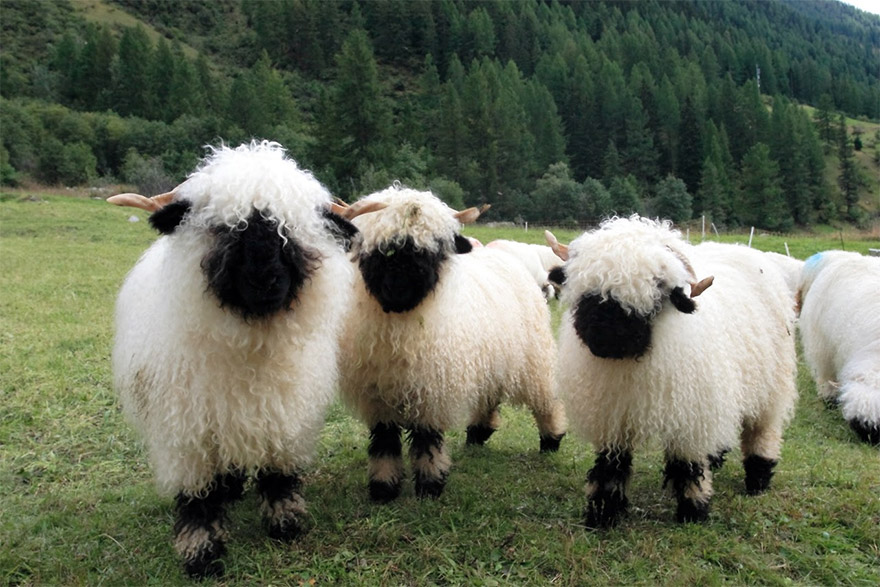
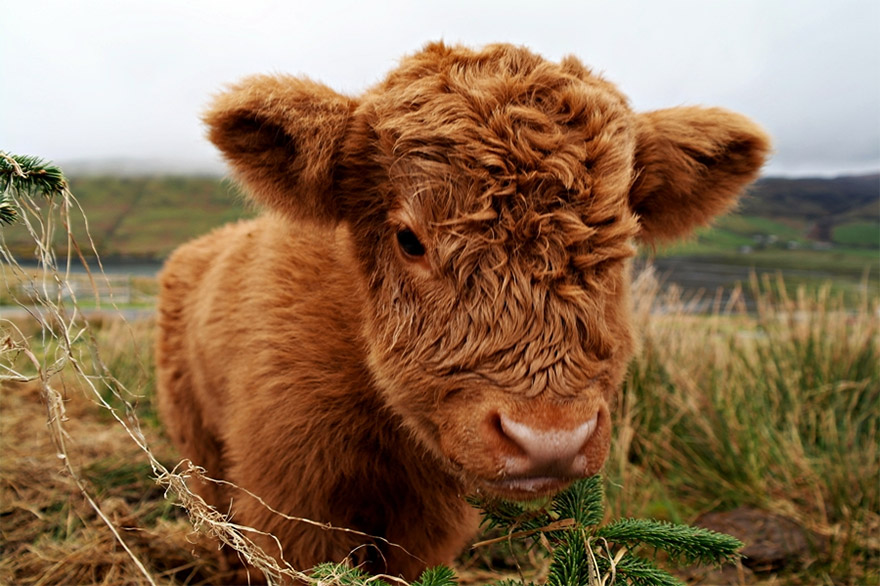
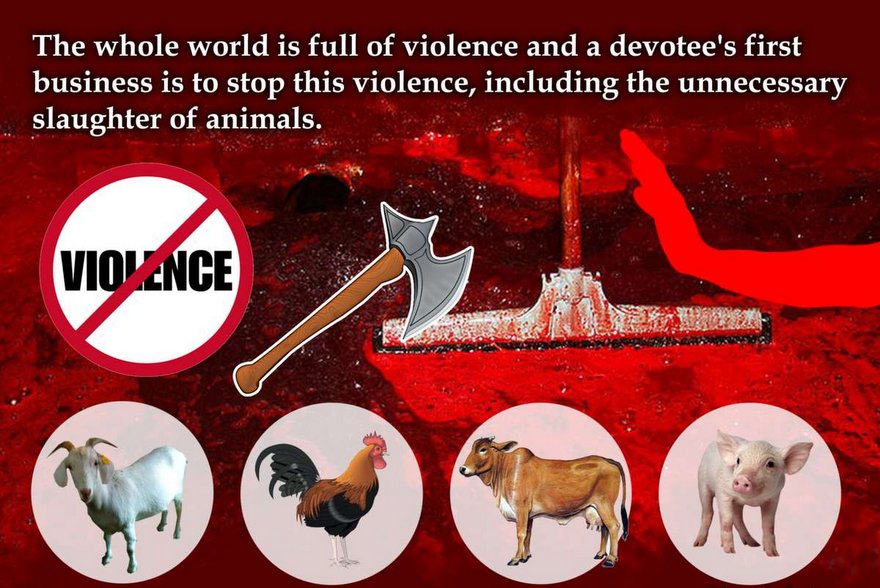
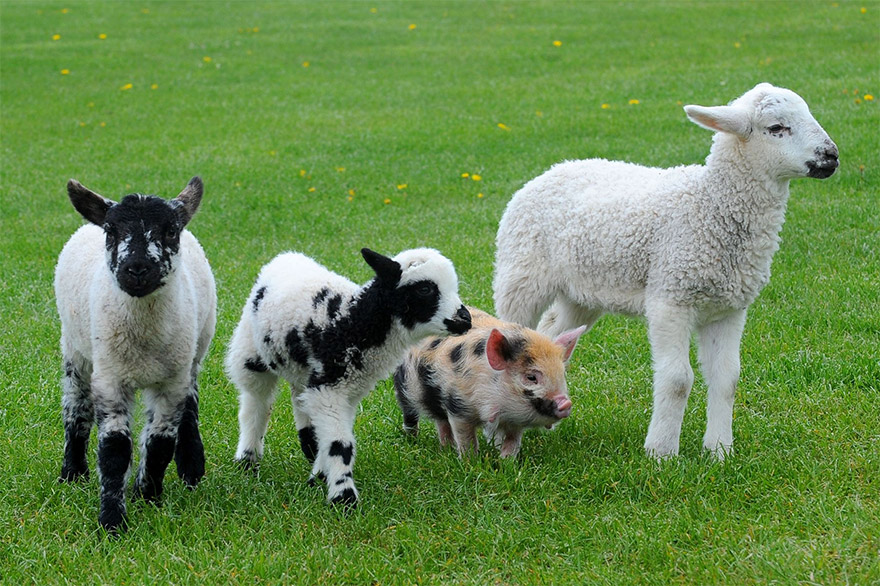
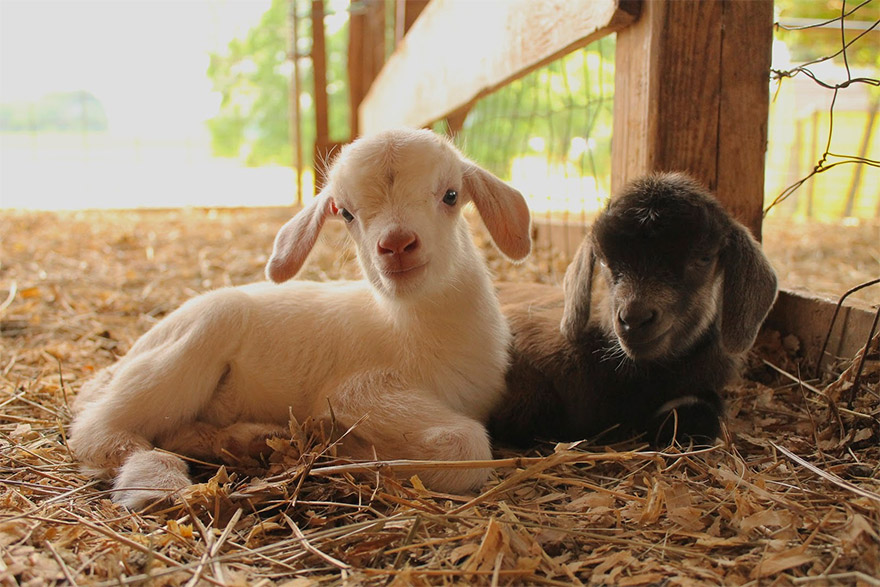
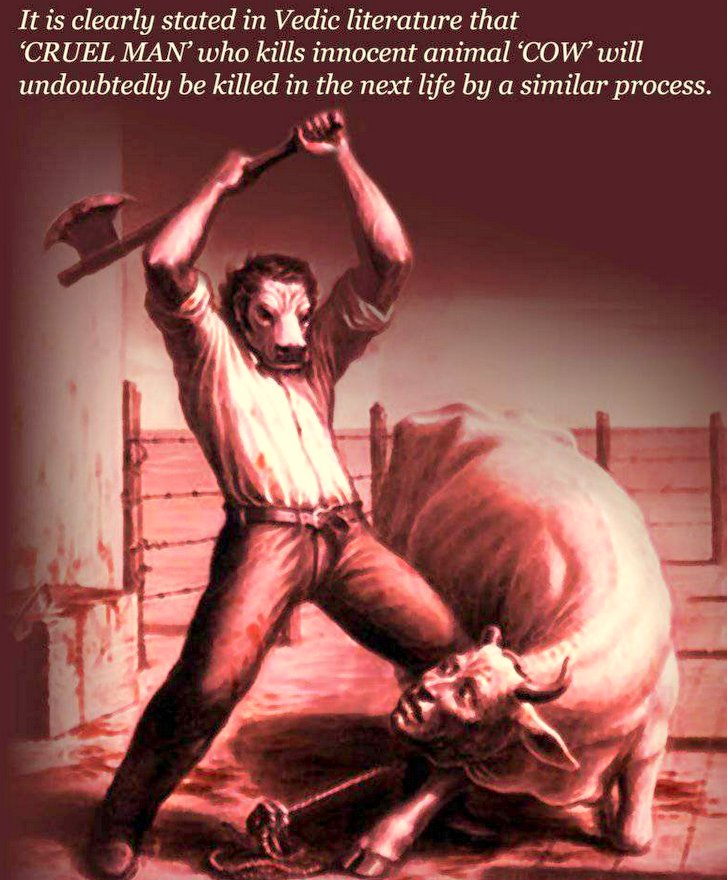
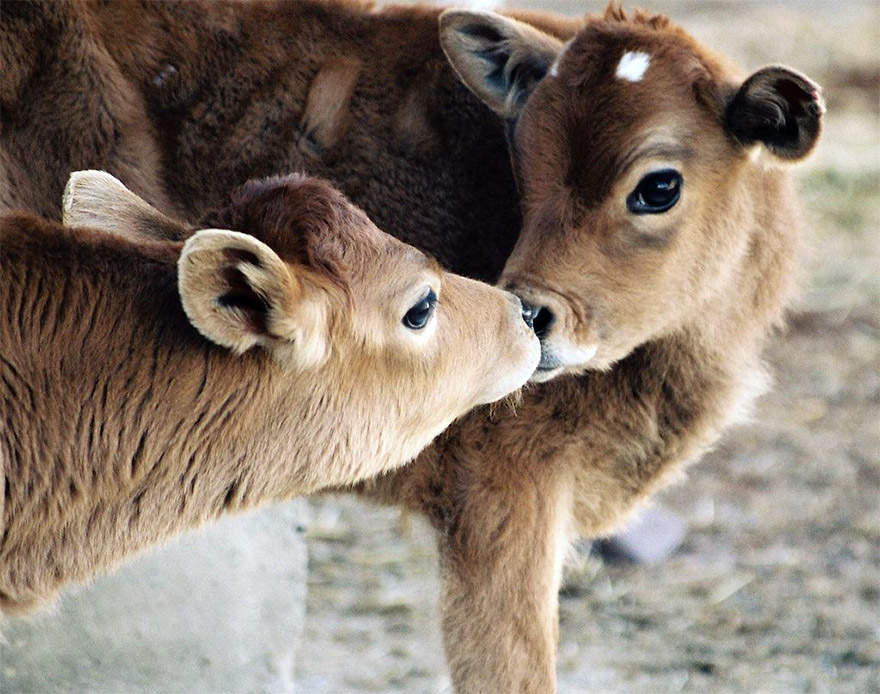










That’s a very well written article. However, if you could have corroborated a lot of your statements by quoting our scriptures directly, it would add more weightage to what you were trying to convey.
vegetarian food is best food….
I think this us a well written article.Especially, the distinction made between recommendations and concessions.
An enlightenment on the concept of vegetarianism and non-vegetarianism. The difference between Recommendation and Concession is well explained. It is unfortunate that a concession to eating non-vegetarian food was considered as a Recommendation by those who want to eat non vegetarian food. They may face the situation of those sugar patients who considered a Concession to eating sweets as a Recommendation.
If the non-vegetarians could just think of the hardship the animal underwent in providing him the food, he would if he is of kind hearted, give up the non vegetarian food.
That eating meat within Vedic tradition and henceforth within Hinduism is prohibited is well known. In fact many traditions had strict food rules and the eating of meat was often – at least – restricted. It is therefore commendable that this article reminds us of this important factor which is closely related to the principle of ahimsa.
However it appears to me that there are other priorities that call for much more urgent attention. I cannot believe that the worthy author believes that cows are of a higher stature than women and children. Since many centuries women have been allotted second place in society, also within Hinduism, whilst the dowry system – not supported by the Vedas – has caused unbelievable suffering. Is this the way one treats in India the Mahadevi? If that is the case, one is asking for trouble. The outright criminal treatment of women within many marriages and also in relation to forced marriages and to honour-related violence surpasses our normal understanding. In the Middle East slave markets are now publicly supported where women are stripped of their clothing and sold to the highest bidder, the price varies between 10 and 100 us dollars. It seems to me that these totally unacceptable practices take more precedence over the eating of meat, however important this instruction may be. Women, also in India, are regularly heavily maimed or even burnt simply because some godless family believes that the family is right and she or her family is wrong. Women are also regularly violated and raped and even the police prefers to look away. What an unbelievable lack of humanity. Is it beastly?
in Indian culture in not allowed any meat but i think people is eating meet just only hobby .
*when any animal slaughter . big sound and then soul is big cry .
* animal meat cleaning a very costly.
You are wrong on dating Adi Sankarar. Shankaracharya lived around 500 BCE:
Akhila Bharateeya Itihasa Sankalana Yojana had organized, in Bombay, in October 2002, a seminar to discuss the dates of three great personalities Buddha, Chanakya and Sankara – three great thinkers who crystallized the purusharthas. While scholars expressed different views on Dates of Buddhaand Chanakya, there was unanimity on the date of Adi Sankara. All the eight papers submitted by scholars pointed only at 2631 Yudhishthira Sakha (Y.S.) equaling to 507-509 BCE (Before Common Era). Dr. S. Kalyanaraman and Prof.Y. Sudarshana Rao jointly chaired the session of scholars which deliberated on the date of Adi Sankara. Sri P. S. Mishra, spokesperson of Puri Matha,Sri Ch. Viswanatha Sastry, Sri Satyanarayana Sarma and Sri Ramakrshna Raowere among those who submitted their research monographs. The conclusion: “Adi Sankara lived between 509 B.C – 477 B.C based principally on the tradition of the Sankara Mathas corroborated by other evidences – textual and archaeological. It is the duty of researchers and scholars to strive totie the loose ends such as: non-availability of source books and conduct further archaeological work on sites such as: Shankaracharya Hill inSanjeli site and further research work on source-books of ancient Tamiltradition and Sangam literature” This date has ample archeological and literary evidence unlike the macaulayputras.This Seminar was attended by scholars from 4 out 5 Mutts and they unanimously agreed. Some books/references on the same:
1. http://www.easterntradition.org/original%20sankaracarya.pdf
2. http://trueindianhistory-kvchelam.blogspot.in/2009/04/age-of-sri-adi-sankaracharya.html
3. http://www.worldcat.org/title/traditional-age-of-sri-sankaracharya-and-the-maths/oclc/21599559
4. http://www.speakingtree.in/spiritual-blogs/seekers/faith-and-rituals/how-the-tunga-sringeri-mutt-has-distorted-history
5. Sankara Vijayas, W.R. Antarkar, PhD Thesis, Bhandarkar Oriental and Research Institute 1961
6. Kanchi Kamakoti Mutt: A Myth or Reality, W.R. Antarkar, Bhandarkar Oriental and Research Institute 2001
7. Sanksepa-Sankara-Jaya of Madhavacarya or Sankara-Digvijaya of Vidyaranya Muni, W.R. Antarkar, Bhandarkar Oriental and Research Institute 2004
A striking scientific proof in favourof the BC theory was provided by the 68th pontiff of The Kanchi Kamakoti Peetam, Sri Chandrasekharendra Saraswati (affectionately called as the Paramacharya) himself.
History says that as Sankara’s mother was finding difficulty to go the River Purna (Presently called as River Periyar) to take bath, so Sankara requested the River Purna to divert and follow his footsteps (Kal-adi) to flow near his ancestral house to enable his mother to take bath without any difficulty and then later join again to the main course of the river. One day a very reputed Geologist happened to visit Kanchipuram to have darshan of the Paramacharya. After enquiring about his family, the Paramacharya requested him arrange for a diver to dive and take out sand from two different locations of the River Purna. One location should be when the River Purna enters Kerala, before it diverts into entering Kaladi and the other location to be at Kaladi itself. Later Paramacharya asked him to use the technique of radio chemistry dating to find out the age of the sand from these two locations. The geologist performed the exercise as instructed by the Paramacharya and provided the results which were that the sand from the first location yielded an age of being more than 100,000 years old whereas the age of the sand from the second location in Kaladi was close to about 2500 years. The Age of the River sand at Kaladi confirmed that the River got diverted about 2,500 years back and thus again; Adi Sankara was indeed born in BC, which should be 509BC as per majority of the Sankaracharya mutts.
Even now, some of the ignorant people say that Hindu religion has fabricated the history to establish their religion. They have even gone to the extent of making propaganda that our great epics Mahabharatha and Ramayana were written from Bible!! Sri Adhi Sankaracharya’s life history is known to our ancestors long back. That time there was no scientific methods to prove the truth. Now Kanchi Acharya has established the truth once again. Pranams to Him.
We had invited dozen of Buddhist Monks in San Francisco and they were eating all forms of meat upon served by Americans to my surprise. I too thought they were vegetarians. Anyways, vegetarian food and its cooking methods and worshiping and thanking annapurna and other dev prior to eating is mentioned in our scriptures not theirs. At the same time, Buddhism is also practicing and preaching meditation, sadhana, pranayama without crediting Eight fold path of Yoga laid out by Lord Shiva who is almighty God for all humanity but is not given credit by world as Hindus fall shy to share this.